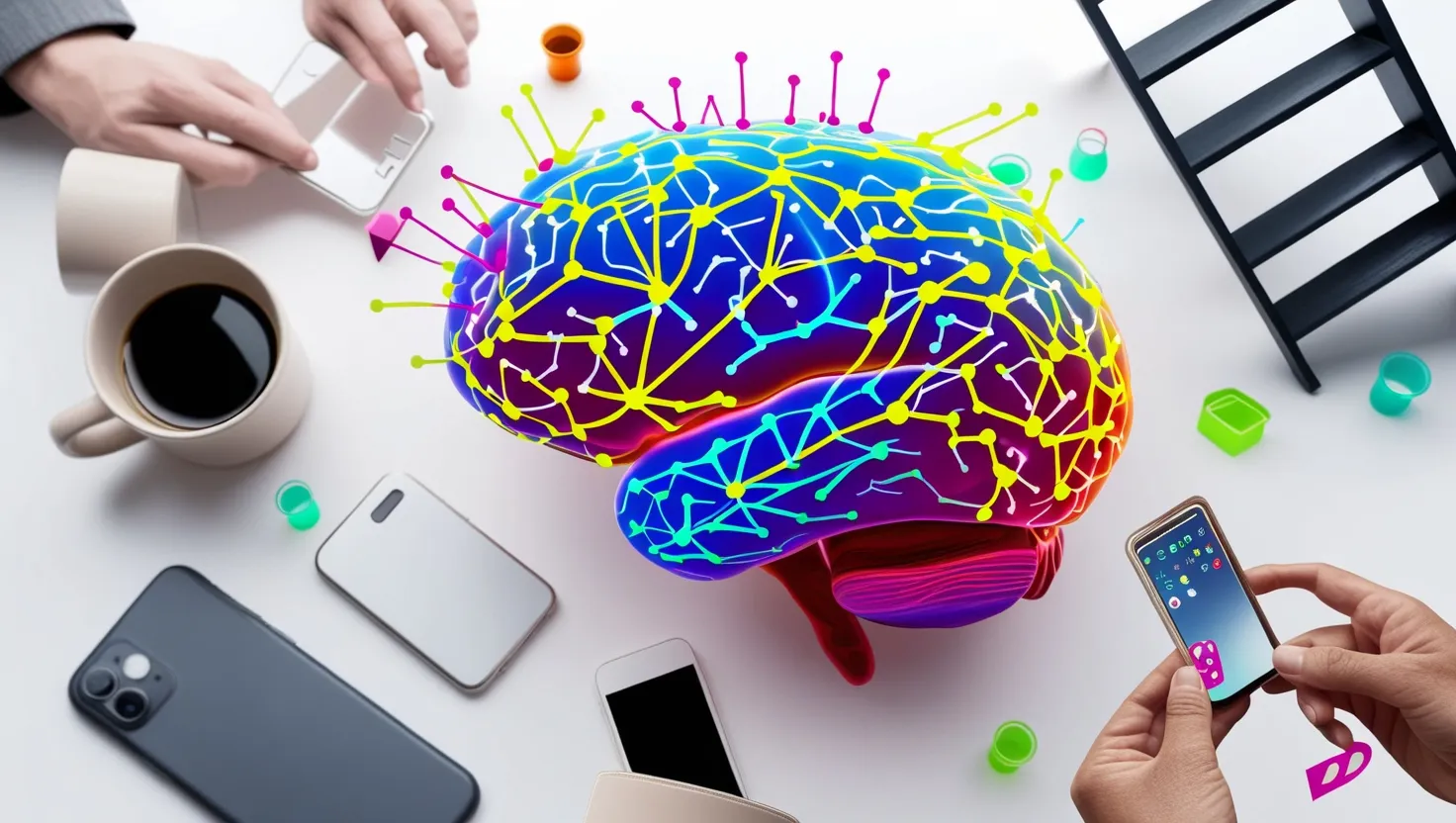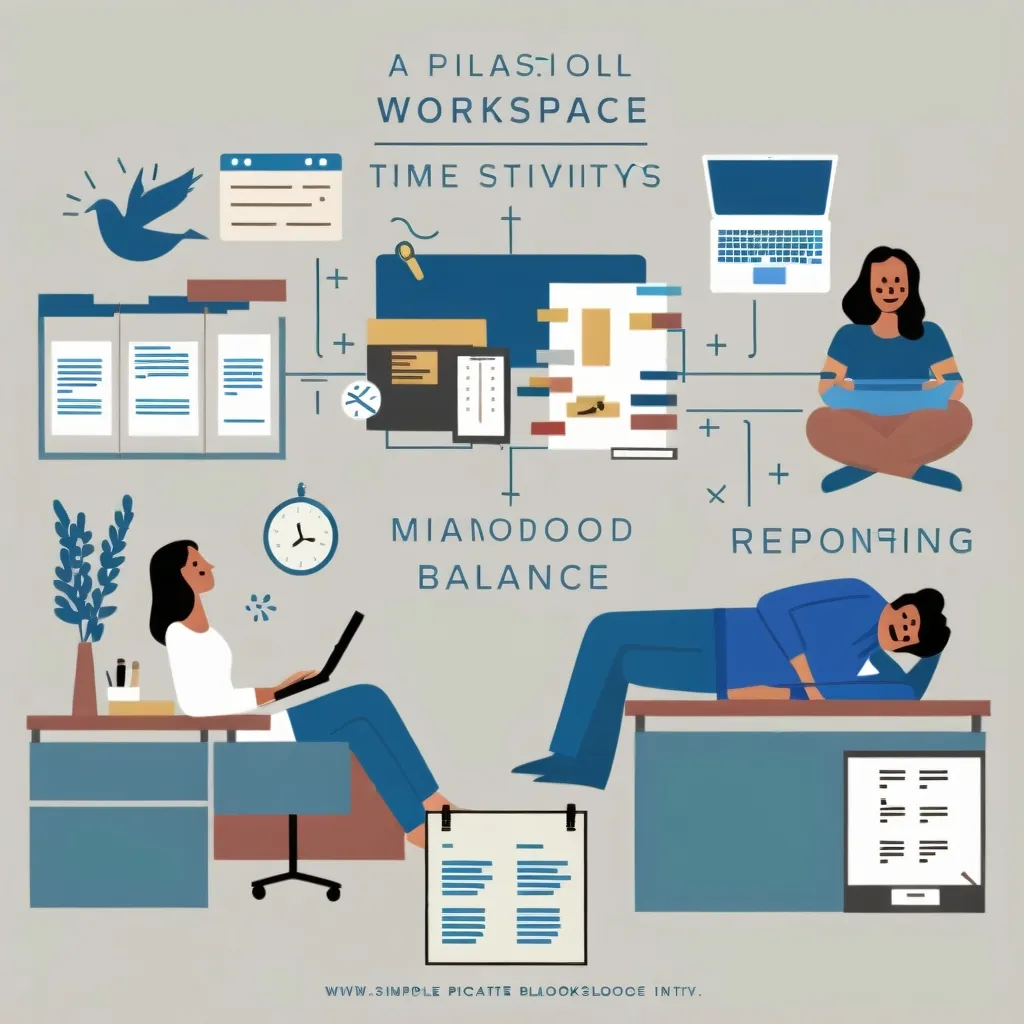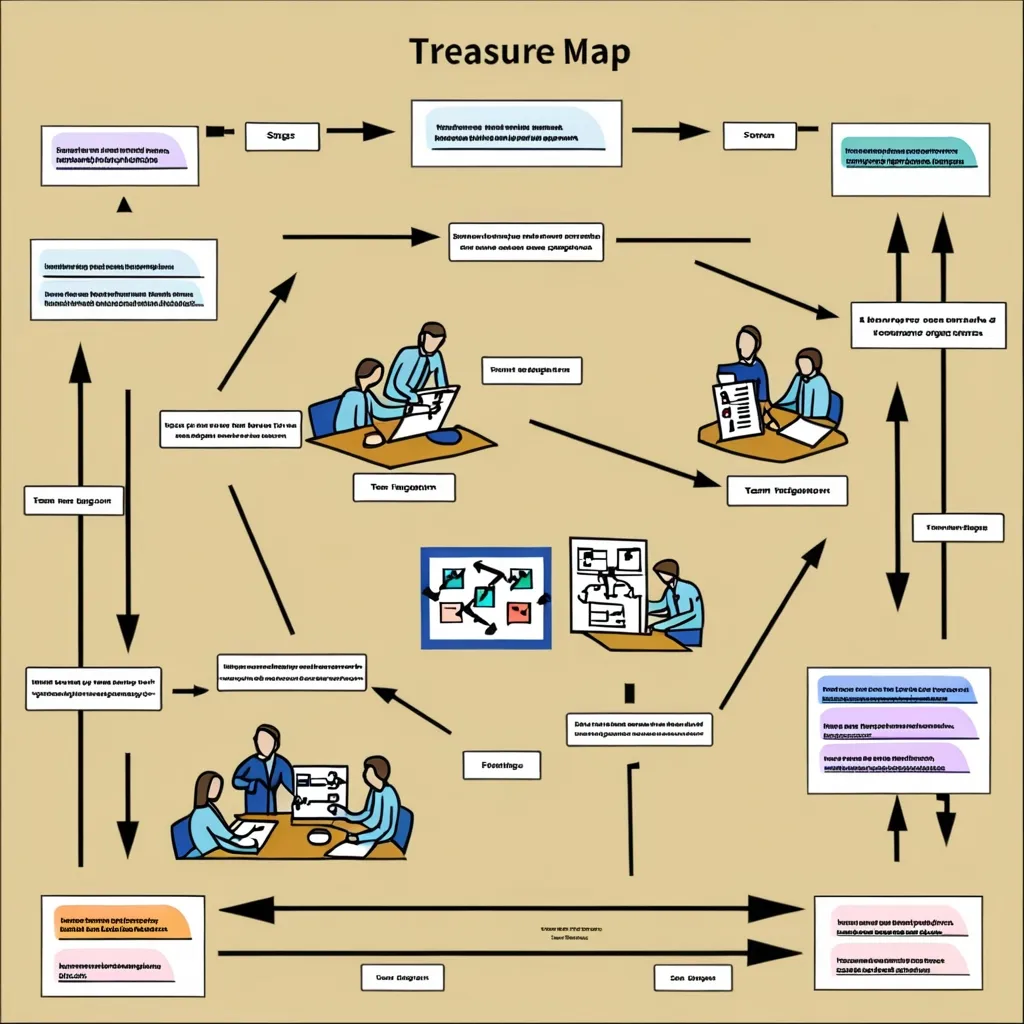Imagine a life where small, almost imperceptible actions can cumulatively lead to significant, lasting changes. This concept, which we can call “neuroplastic habit fusion,” is rooted in the brain’s incredible ability to rewire and adapt, a phenomenon known as neuroplasticity.
The Power of Neuroplasticity
Neuroplasticity is the brain’s capacity to change and reorganize itself in response to new experiences. This isn’t just about learning new skills or remembering information; it’s about the brain’s ability to form new neural connections and strengthen existing ones. Every experience, no matter how small, alters the brain’s organization at some level[4].
Breaking Down Habits
Habits are automatic learned responses that our brains use to free up mental resources for more complex tasks. However, habits can be both beneficial and detrimental. Research has shown that habits are controlled by specific regions of the brain, particularly the basal ganglia and the prefrontal cortex. The infralimbic (IL) cortex, a part of the prefrontal cortex, plays a crucial role in determining which habits are expressed at any given moment[1].
When you try to break a habit, you’re not erasing it entirely; you’re essentially overlaying it with a new one. This is why old habits can resurface under stress or when the new habits are not actively maintained. For instance, if you’ve developed a habit of checking your phone every time you hear a notification, trying to stop this habit doesn’t mean the old neural pathway disappears; it just means a new pathway is formed to override it.
Micro-Behaviors and Habit Fusion
The idea of neuroplastic habit fusion involves identifying small, effortless actions and linking them to existing habits. This approach leverages the brain’s tendency to form habits through repetition and association. For example, if you always stretch when you boil the kettle, over time, the act of boiling the kettle becomes a cue for stretching. This simple action can lead to a series of positive behaviors that become ingrained in your daily routine.
Creating New Neural Pathways
When you pair micro-behaviors with existing habits, you’re creating new neural connections. This process is based on the principle of Hebbian plasticity, which states that “neurons that fire together, wire together.” As you repeat these paired actions, the connections between the neurons involved become stronger, making the new habits feel more natural and effortless[4].
The Role of Mitochondrial Fusion
Interestingly, the health and efficiency of neurons also play a critical role in habit formation and neuroplasticity. Research has shown that enhanced mitochondrial fusion in neurons can improve synaptic plasticity and neuronal function. Mitochondria are the energy-producing units within cells, and their fusion dynamics are crucial for sustaining the plasticity of new synapses. This means that as you form new habits, the underlying cellular mechanisms are also adapting to support these changes[2].
Practical Applications
So, how can you apply this concept to your daily life? Start by identifying small actions that you can easily incorporate into your routine. For instance, if you always check your phone as soon as you wake up, try pairing this action with taking a few deep breaths or doing a quick stretch. Over time, these micro-behaviors will become automatic, leading to a cascade of positive changes.
Another example is linking physical activity to daily tasks. If you always take the stairs when you’re at work, try doing a few jumping jacks every time you reach the top floor. These small bursts of activity can add up and contribute to a healthier lifestyle.
Leveraging Everyday Moments
The key to neuroplastic habit fusion is to turn everyday moments into catalysts for transformation. Instead of setting grand goals that often lead to disappointment, focus on these tiny, interconnected actions. For example, if you’re someone who loves coffee, use the time it takes for your coffee to brew as an opportunity to do some quick exercises or meditate.
The Impact on Personal Growth
Personal growth doesn’t have to be about willpower or drastic changes; it can be about smart design. By weaving micro-behaviors into your daily life, you’re creating a web of positive habits that grow stronger over time. This approach is more sustainable and less daunting than trying to overhaul your entire routine at once.
Overcoming Challenges
One of the biggest challenges in forming new habits is consistency. However, with neuroplastic habit fusion, consistency is built into the system. Since you’re linking new behaviors to existing habits, you’re leveraging habits you already have, making it easier to maintain the new ones.
The Flexibility of Habits
Contrary to the traditional view that habits are inflexible, research suggests that habits can be quite flexible. The IL cortex favors new habits over old ones, which means that as you form new habits, they can override the old ones. This flexibility is crucial for personal growth and transformation[1].
Conclusion
Neuroplastic habit fusion is a powerful tool for creating lasting change in your life. By identifying small, effortless actions and linking them to existing habits, you’re leveraging your brain’s neuroplasticity to build a web of positive behaviors. This approach is not about grand goals or rigid routines; it’s about smart design and turning everyday moments into catalysts for transformation.
In this world, big changes don’t require big efforts; they emerge organically from a tapestry of tiny, interconnected actions. So, start small, be consistent, and watch how these micro-behaviors can reshape your life one small step at a time.






